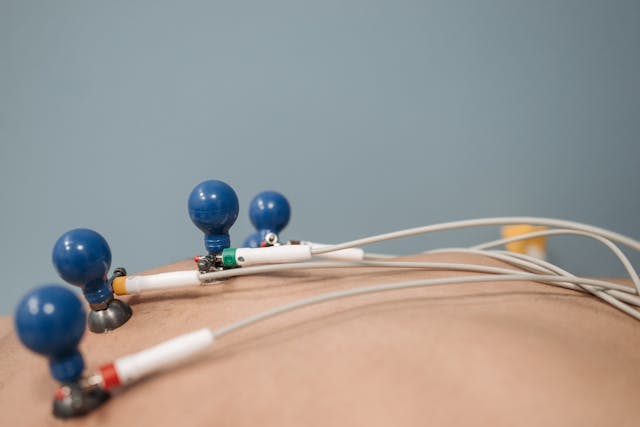A coalition of 29 international medical experts is calling for urgent changes in how two of the most prevalent cardiovascular conditions—hypertension and atrial fibrillation—are detected. According to a recent expert review, simultaneously screening for both conditions could prevent thousands of strokes yearly. Published in Circulation, a respected journal of the American Heart Association, the review underscores the dangerous synergy between high blood pressure and atrial fibrillation (AF). It warns that failing to detect one while monitoring for the other represents a missed opportunity in preventative healthcare.
Hypertension, more commonly known as high blood pressure, is already a well-established risk factor for stroke. Atrial fibrillation, meanwhile, is the most common sustained heart rhythm disorder, marked by a rapid and irregular heartbeat that can promote the formation of blood clots within the heart. These clots can travel to the brain, leading to ischaemic strokes. When these two conditions co-exist, they do not merely double the risk—they amplify it exponentially, significantly increasing the chances of stroke, heart failure, and even cognitive disorders such as dementia.
Professor Teemu Niiranen, a Professor of Internal Medicine at the University of Turku in Finland and one of Europe’s foremost authorities on hypertension, led the authorship of the review. He describes the relationship between hypertension and AF as especially perilous, calling it a “dangerous combination” in which each condition worsens the other. “Hypertension and atrial fibrillation are a dangerous combination—one leads to the other, and together they significantly increase the risk of stroke, heart failure, and dementia,” says Niiranen. Despite the extensive evidence linking the two, atrial fibrillation remains severely underdiagnosed, mainly due to the absence of routine screening, even in individuals already known to have high blood pressure.
While hypertension is commonly detected through standard blood pressure checks, atrial fibrillation can often remain hidden. Many individuals with AF experience no symptoms, meaning the condition may go unnoticed until it triggers a serious event, such as a stroke. Niiranen and his co-authors argue that this makes early screening critical. Simple, inexpensive tools such as pulse checks or blood pressure monitors with irregular heartbeat alerts could identify AF early and allow timely intervention. “The combination of high blood pressure and atrial fibrillation is like a ticking time bomb. A simple pulse check or an automatic alert of an irregular heart rate on a blood pressure monitor could mean the difference between early treatment and a life-altering stroke,” he warns.
Beyond the issue of detection, the review also emphasises the role of hypertension in the development of atrial fibrillation. Chronic high blood pressure can alter the structure and function of the heart, increasing the likelihood of abnormal electrical activity that leads to AF. This suggests that managing hypertension effectively not only reduces stroke risk directly but also prevents the onset of atrial fibrillation, thereby offering a dual protective effect against both cardiovascular and neurological complications.
Furthermore, the review highlights the growing body of evidence that connects atrial fibrillation not only to stroke but also to the development of dementia. The presence of silent or intermittent episodes of AF may contribute to subtle but cumulative damage to the brain over time. Given the rising prevalence of cognitive disorders and the ageing global population, early detection of atrial fibrillation has implications far beyond cardiovascular care. It could also serve as a crucial strategy in reducing the future burden of neurodegenerative disease.
In conclusion, the authors advocate integrating atrial fibrillation screening into standard hypertension assessments. With the availability of modern diagnostic tools—ranging from blood pressure monitors with arrhythmia alerts to portable ECG devices and smartwatches—there is little justification for maintaining the current separation of these two screening processes. “By incorporating atrial fibrillation screening into routine blood pressure screenings, we could identify at-risk patients earlier, start appropriate treatment, and save lives,” Niiranen asserts. The call to action is clear: tackling these two interlinked conditions offers a powerful opportunity to reduce preventable strokes and improve long-term health outcomes across populations.
More information: Teemu Niiranen et al, Hypertension and Atrial Fibrillation: A Frontier Review From the AF-SCREEN International Collaboration, Circulation. DOI: 10.1161/CIRCULATIONAHA.124.071047
Journal information: Circulation Provided by University of Turku








